Empower Your Designs with Electro-Thermal Multiphysics Simulations
Enhancing Innovation in Electro-Thermal Multiphysics Through EMWorks Solutions
Learn how EMS simulates electromagnetic and thermal behaviors in parallel wires, including transient magnetic analysis and ohmic heating effects, in a detailed study.
How can RF Microwave Ablation effectively treat snoring and Obstructive Sleep Apnea (OSA) with minimal invasiveness? Learn about its advantages in the application note.
Inquiring about Biquad and B-shaped dual-loop antennas compared in performance for 2.4GHz Wi-Fi communication? Learn which antenna suits your needs.
Learn how microwave heating surpasses traditional methods by providing rapid, uniform heating for industrial applications, including coal processing.
Investigate RF heating of dry food products using RF Simulation. Analyze electric field distribution, loss densities, and thermal behavior for optimized food processing efficiency.
Understanding how microwave heating technology offers a rapid, uniform solution for asphalt mixture maintenance, enhancing road durability and safety.
Understanding how Multiphysics FEM analysis enhances induction heating efficiency in brazing processes. Learn about temperature distribution, magnetic field intensity, and current density insights.
Discover how MPW enhances the welding of dissimilar materials, offering precise, efficient bonding with minimal thermal distortion.



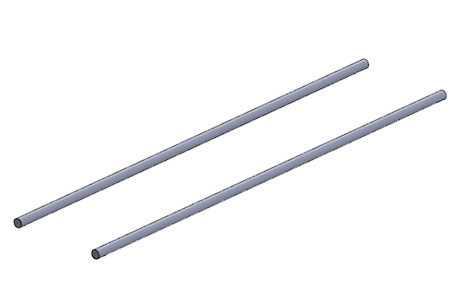
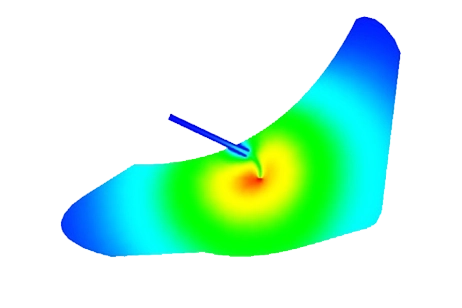
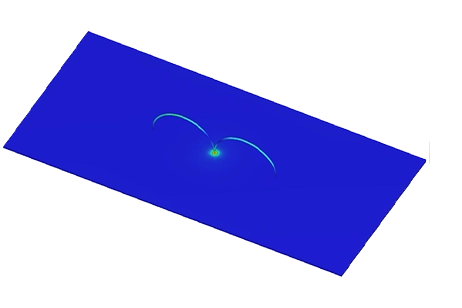
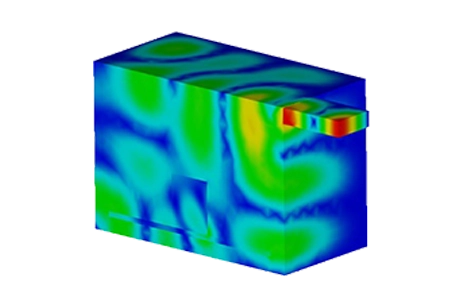
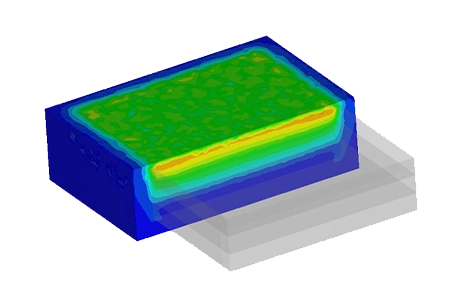
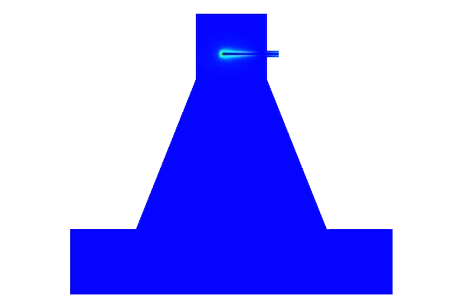
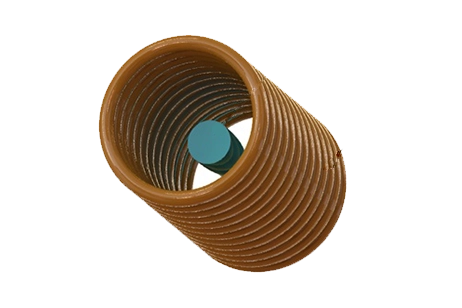
-Techniques.webp)
